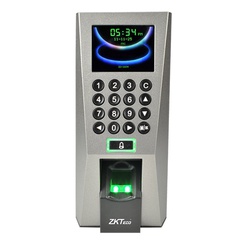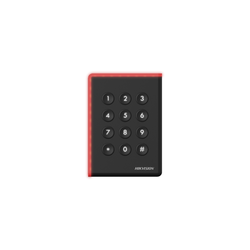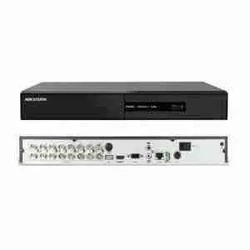
Vibration Sensor
Vibration sensors are essential for monitoring and controlling dynamic systems and ensuring the safety and reliability of various mechanical and structural applications. Their versatility and sensitivity make them valuable tools in a wide range of industries.
- Sensitivity: Vibration sensors are designed to be highly sensitive to detect even subtle vibrations. This sensitivity allows them to capture a wide range of vibration amplitudes, making them suitable for various applications.
- Frequency Range: Vibration sensors come in various models, each designed to operate within specific frequency ranges. Some sensors are optimized for low-frequency vibrations, while others are suitable for high-frequency applications. The choice of sensor depends on the frequency range of interest.
- Multi-Axis Sensing: Many vibration sensors are capable of measuring vibrations in multiple axes (X, Y, and Z). This capability is particularly useful in applications where vibrations can occur in different directions.
- Dynamic Range: A good vibration sensor should have a wide dynamic range, meaning it can accurately measure both low-amplitude vibrations and high-amplitude shocks without distortion.
- Mounting Options: Vibration sensors offer various mounting options, including adhesive mounting, screw mounting, and magnetic mounting, to accommodate different installation requirements.
- Compact Size: Miniaturization is a common feature in modern vibration sensors, especially MEMS-based accelerometers. Their small size allows for easy integration into compact devices and systems.
| SKU | 2309 |
|---|
Reviews
This product does not have any reviews yet.
Add your reviewDescription
Vibration Sensor
A vibration sensor, also known as a vibration detector or accelerometer, is an electronic device used to measure or detect vibrations and oscillations in physical objects and structures. It is commonly employed in various applications, including industrial machinery monitoring, structural health monitoring, automotive systems, and consumer electronics. Here’s a detailed description of a typical vibration sensor:
Components:
- Sensing Element: The core of a vibration sensor is its sensing element, which is responsible for detecting vibrations. There are various types of sensing elements, including piezoelectric crystals, piezoresistive materials, and capacitive sensors. The choice of sensing element depends on the specific application and the desired sensitivity.
- Signal Conditioning Circuitry: Vibration sensors often include signal conditioning circuitry to process the raw sensor output. This circuitry can amplify, filter, and convert the analog signal into a format suitable for further processing or display.
- Housing or Enclosure: Vibration sensors are typically housed in a protective enclosure to shield the sensing element from environmental factors, such as moisture, dust, and physical damage. The design of the housing can vary depending on whether the sensor is intended for industrial, automotive, or consumer use.
Operation:
The operation of a vibration sensor depends on its type:
- Piezoelectric Sensors: These sensors use piezoelectric materials that generate electrical charges in response to mechanical deformation (vibration). When subjected to vibration, the piezoelectric material deforms, producing a voltage output proportional to the vibration intensity and frequency.
- Piezoresistive Sensors: These sensors rely on piezoresistive materials that change their electrical resistance in response to mechanical stress or deformation. Vibration causes a change in resistance, which is converted into a voltage signal.
- Capacitive Sensors: Capacitive vibration sensors measure changes in the capacitance between two closely spaced conductive plates. Vibration alters the spacing between these plates, resulting in a change in capacitance, which is then converted into an electrical signal.
Applications:
Vibration sensors find applications in various fields:
- Machinery Health Monitoring: They are used in industrial settings to monitor the condition of machinery, such as motors, pumps, and rotating equipment. Detecting abnormal vibrations can help predict equipment failures and prevent costly downtime.
- Structural Health Monitoring: Vibration sensors are used to monitor the structural integrity of buildings, bridges, and other infrastructure. They can detect vibrations caused by structural defects, earthquakes, or other external forces.
- Automotive: In vehicles, vibration sensors can be used for safety systems like airbag deployment, as well as for engine diagnostics and stability control.
- Consumer Electronics: Some smartphones and wearable devices use vibration sensors for features like screen orientation, step counting, and gaming feedback.
- Aerospace: In aircraft, vibration sensors are used for flight data monitoring, engine performance analysis, and structural integrity assessment.





